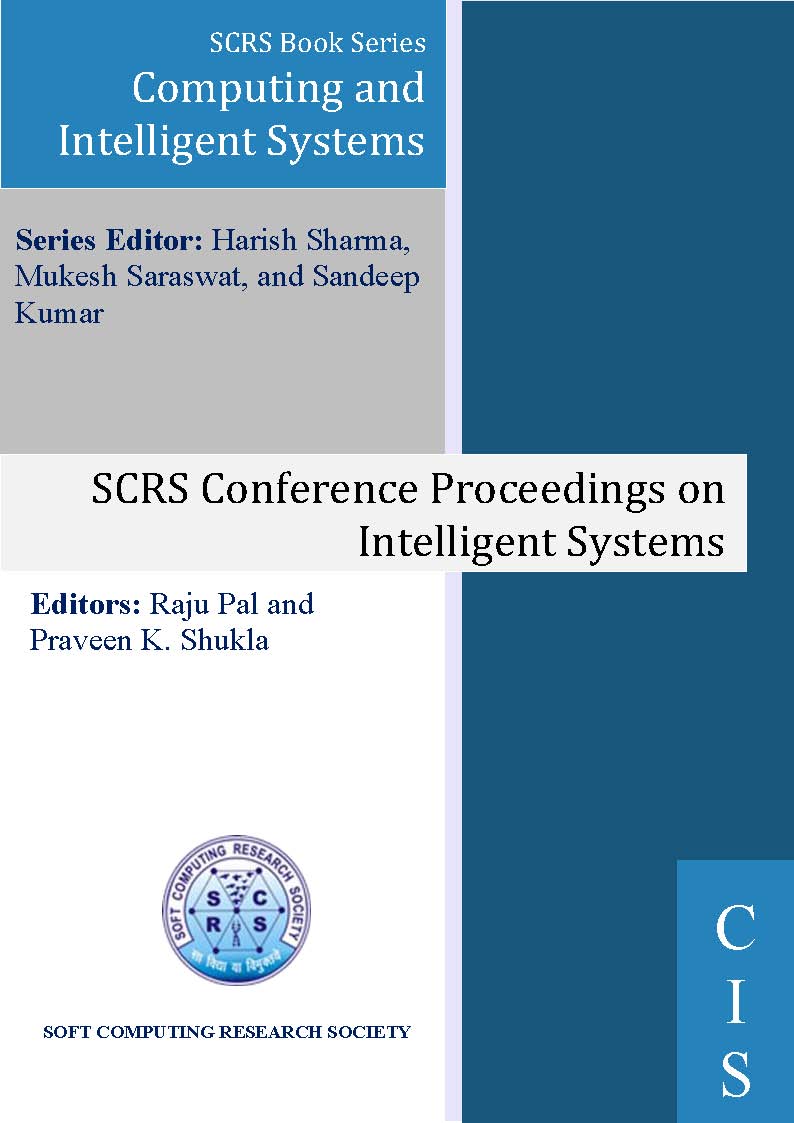
BMS for Electric Vehicle
Authors: Akash Yadav, Akhilesh Yadav, Sikandar Kanojia and Sunayana Jadhav
Publishing Date: 18-02-2023
ISBN: 978-81-955020-5-9
Abstract
Electric vehicles are playing a very important role in saving Non-renewable energy sources as they are limited. Battery electric vehicles are precious as compared to combustion engines because of their efficiency and they don't emit exhaust gasses that are harmful to the ecosystem. Electric vehicles use electric motors instead of a combustion engine which have battery packs as an energy source. Battery packs consist of a huge amount of cells. The large number of cells that are initially different in voltage makes it difficult to manage. The difference in initial voltage of cells damages the battery pack and if the battery pack gets damaged, then the electric vehicle is of no use. A Battery Management System (BMS) is an electronic system that controls the charging and discharging of a rechargeable battery cell or battery pack, for example, by protecting the cell or the battery pack from operating outside of its safe operating range, managing its condition, reporting data, controlling its conditions, authenticating it, and/or balancing it. The bidirectional functionality of the BMS provides consistent battery capacity and draining of all Lithium-ion battery cells. A digital voltmeter and ammeter are used for switching the solid-state switch which is a MOSFET-based switch. The constant voltage and constant current source are used to protect the battery cells from any kind of internal damage.
Keywords
SOC(State of Charge), EV (Electric Vehicle), BMS (Battery Management System)
Cite as
Akash Yadav, Akhilesh Yadav, Sikandar Kanojia and Sunayana Jadhav, "BMS for Electric Vehicle", In: Saroj Hiranwal and Garima Mathur (eds), Artificial Intelligence and Communication Technologies, SCRS, India, 2023, pp. 669-676. https://doi.org/10.52458/978-81-955020-5-9-63